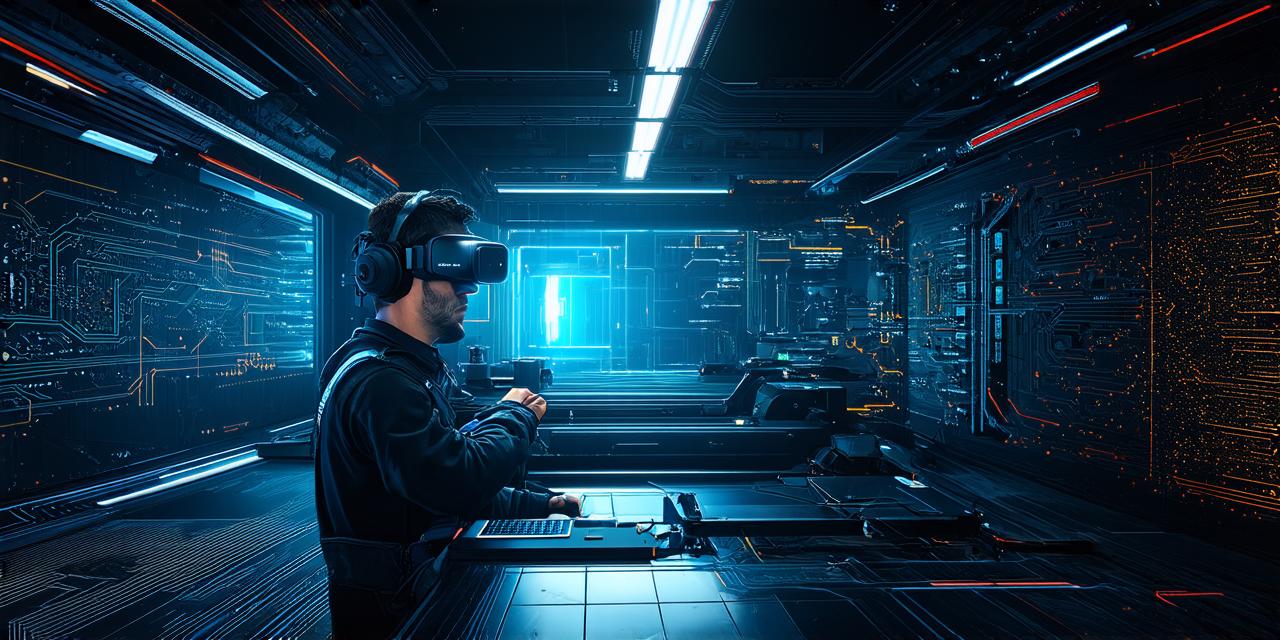Virtual reality (VR) is a rapidly growing field, and as technology continues to improve, VR projects are becoming more complex and sophisticated. In this article, we will explore the various factors that can affect the length of time it takes to develop a VR project. We will look at real-world examples of successful VR projects, examine industry trends, and provide expert opinions on how to maximize your chances of delivering a successful project on time.
Factors Affecting the Length of Time It Takes to Develop a VR Project
The length of time it takes to develop a VR project can vary greatly depending on several factors. Some of the most significant factors include:
- Complexity of the Project
- Team Size
- Platform and Hardware Requirements
- Testing and Iteration
1. Complexity of the Project
One of the primary factors affecting the length of time it takes to develop a VR project is its complexity. Projects that require more intricate coding or have more complex interactions with the user interface will take longer to develop than simpler projects. For example, a VR game with realistic graphics and interactive environments may take significantly longer to develop than a basic training program for employees.
1. Team Size
The size of your development team can also impact the length of time it takes to develop a VR project. Larger teams with more specialized skills will typically be able to complete projects faster than smaller teams with less diverse skill sets. However, larger teams can also result in higher costs and increased communication challenges, so it’s important to find the right balance between team size and project complexity.
1. Platform and Hardware Requirements
The platform and hardware requirements for a VR project can also impact development time. For example, developing a VR project for an Oculus Quest 2 may be faster than developing one for a high-end PC, as the Quest 2 has lower hardware requirements and is more accessible to consumers. However, if your team needs to develop a project that requires specialized hardware or software, this can significantly extend development time.
1. Testing and Iteration
Testing and iteration are critical components of any VR development process. It’s essential to ensure that the project is fully functional and user-friendly before releasing it to the public. This process can be time-consuming, especially if there are multiple rounds of testing required. It’s important to factor in ample time for testing and iteration into your development timeline to ensure a successful launch.
Case Studies: Successful VR Projects That Took Different Amounts of Time
There are many examples of successful VR projects that took varying amounts of time to develop. Here are a few notable cases:
- Half-Life: Alyx
- Beat Saber
- Oculus Quest 2 Launch
1. Half-Life: Alyx
Half-Life: Alyx is a VR version of the popular first-person shooter game, Half-Life. The development team at Valve spent over three years working on this project, which required significant resources and expertise in both gaming and virtual reality development.
1. Beat Saber
Beat Saber is a rhythm game developed by Beat Games. The development team spent just over two years working on this project, which involved creating an intuitive user interface, designing engaging levels, and optimizing the game for various VR platforms.
1. Oculus Quest 2 Launch
The launch of the Oculus Quest 2 was a significant milestone in virtual reality technology. The development team at Facebook spent several years working on this project, which involved designing and manufacturing a high-performance VR headset that was both affordable and accessible to consumers.
Expert Opinions: Maximizing Your Chances of Delivering a Successful VR Project on Time
To maximize your chances of delivering a successful VR project on time, it’s essential to follow best practices and seek expert advice. Here are some tips from industry professionals:
